
The Speed of Time by rongo rongo
October 17th, 2008 10:05 PM / Location: -27.12119,-109.3664Looking for dates, racing against time
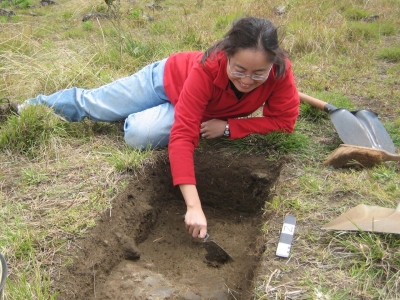
One of the projects was to obtain obsidian samples for date analysis, in order to get a better idea of which areas of the island were inhabited during different time periods. Although the entire island has been referred to as an "open air museum," people do live here, and their need to have land for agriculture or habitation can mean that if archaeological studies are not completed soon, the information will be lost forever.
Artifacts abound, but not as much as they used to
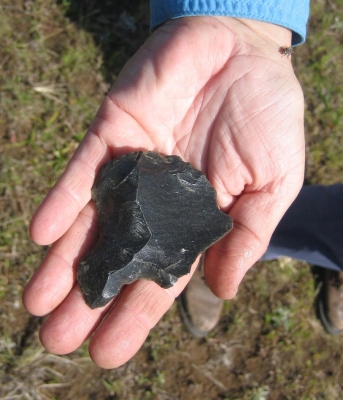
Many artifacts still lie around on the ground, but many have been sold to collectors, usually without being analyzed or recorded. When we came across these items, we were usually asked to take a look, and then put them back out of plain sight.
Disappearing paintings
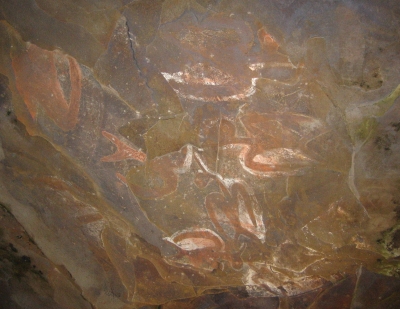
Cave paintings are disappearing as bits of the rock flake off and ocean spray saturates the paint.
Archiving
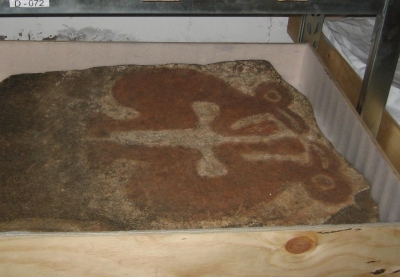
Removing delicate paintings from their original location and putting them into museums can slow down the aging process. Of course it would be impossible to put everything into a climate controlled, contained environment, but more resources and education will make it possible to preserve more.
Being carved in stone doesn't mean forever
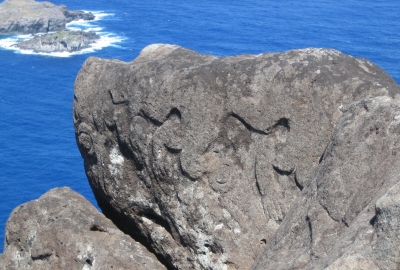
Petroglyphs are subject to weathering, damage from wandering livestock, erosion from people who can't keep their hands to themselves, and alterations from misguided folks who try to make the pictures more visible by carving the lines a bit deeper. Some of these carved rocks have been taken away and are currently housed in museums around the world, but taking them out of their context at sacred sites also erodes their significance. Not sure what the right balance will be.
Umu, a culinary tradition that continues
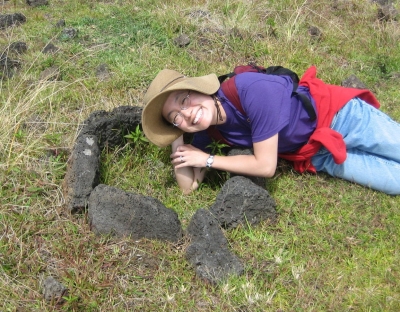
The art of cooking in a pit with hot stones continues to this day. When looking for habitation sites, the stone ovens are often one of the most lasting clues hidden among the grass and rocks. We recorded quite of few of them during field surveys.
Foundations
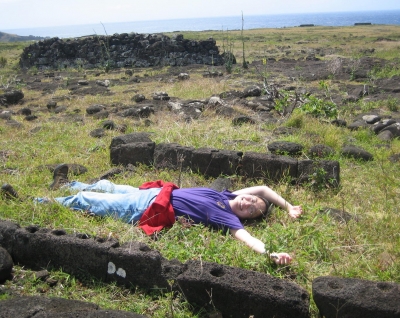
This sort of paenga foundations are another trace remaining of old houses. However, often these foundation stones were reused for new building projects, and only relatively high status people had them in the first place. We found fewer of these.
Poro stones
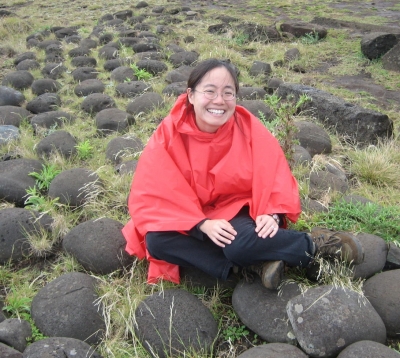
Another trace of high status habitations or sites are special round stones that were collected from the sea. Once you try sitting on the more typical volcanic rocks, which are quite jagged and bumpy, you can appreciate why rounded stones were valued for making seating areas. Locating even a single one of these stones at a spot was an event of interest.
Do not walk on the moai
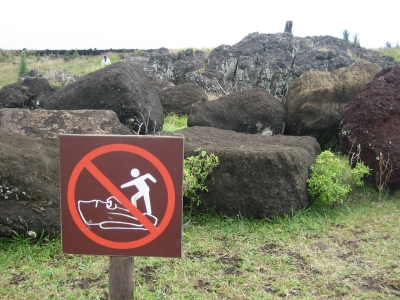
Everyone who visits Easter Island wants to see the moai, but apparently not everyone has the sense to stay off of them (as the story of a visitor who broke off an earlobe from one statue demonstrates). As tourism rapidly increases, efforts to protect the attractions from their audience have been necessary. Ironically, having these sorts of signs up in some places can give people the idea that it's ok to walk on the moai in different places where there isn't a sign.
Just look, don't touch
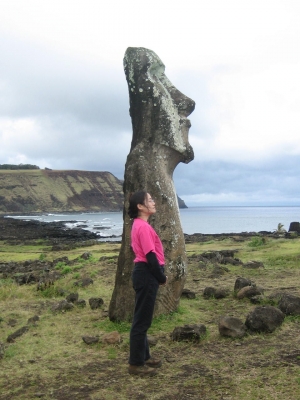
Though it was awfully tempting to lick the statues, I carefully kept my distance.
Sunset
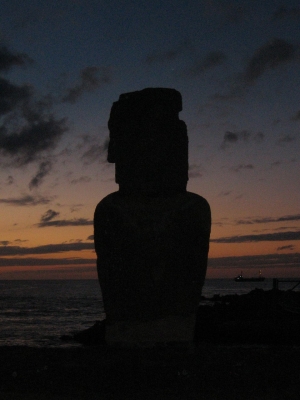
So that's the part about trying to decelerate the deterioration of prehistoric objects and retain information for the future...
Free radicals get you every time
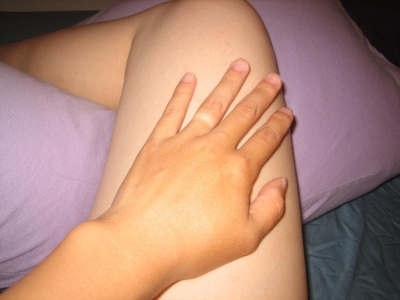
Despite lots of high SPF sunscreen, by the end of the trip I had definitely accelerated aging on some parts of my skin.
19 vote(s)

Mr Everyday
1
Myrna Minx
5
Waldo Cheerio
3
Sean Mahan
3
Anna Louise
5
Morte
3
.thatskarobot
2
zer0gee
3
praximity
5
Optical Dave
5
Zephyr
1
Kid A
4
Augustus deCorbeau
1
Charlie Fish
1
Stark
4
Scooter Vagabond
4
Hope Murphy
3
Dennis Carwyr
3
Palindromedary
Favorite of:
Terms
(none yet)6 comment(s)
Hee hee. I have nearly 1000 pictures, so luckily I didn't post them all :) I've just been obsessed with the topic for years, and after doing the Desires task, realized that I should just go ahead and visit.
Anyhow, October is the off season, so the weather is nice but the island doesn't have that many visitors. I believe that February is their big crush. But, there was something odd that happened. A high-priced tour was visiting a site, under the guidance of a professional archaeologist. One of the tourists was observed to be climbing up on the ahu (sacred platform) to get closer to the moai (statue). This is totally prohibited, both because it damages the site and because it is disrespectful. Well, when a resident who was there pointed out the transgression to a park ranger, and the park ranger spoke to the tour guide, they responded that they thought it was OK because this was one of the sites where the moai have not be re-erected and the ahu is not restored. The horror, the horror...
That was so interesting to read and see!
And I learnt a new word too; petroglyphs. I wonder how I'm going to ever drop that one into a conversation, but it's such a great word! Thank you :-)
The "Though it was awfully tempting to lick the statues, I carefully kept my distance." made me laugh. Great photo too.
Excellent story, well told.
Is it true that there are brightly colored yet perpetually fresh hard boiled eggs hidden all over the island?






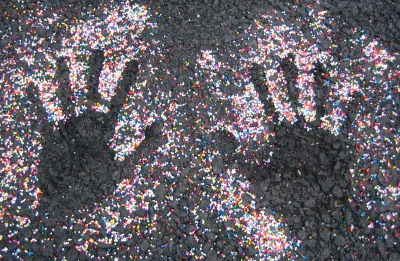
















The context is incredible, and probably unbeatable. Do you have any other pictures? Could recount an anecdote about silly tourists, or share some of how you got into archeological preservation of this culture?